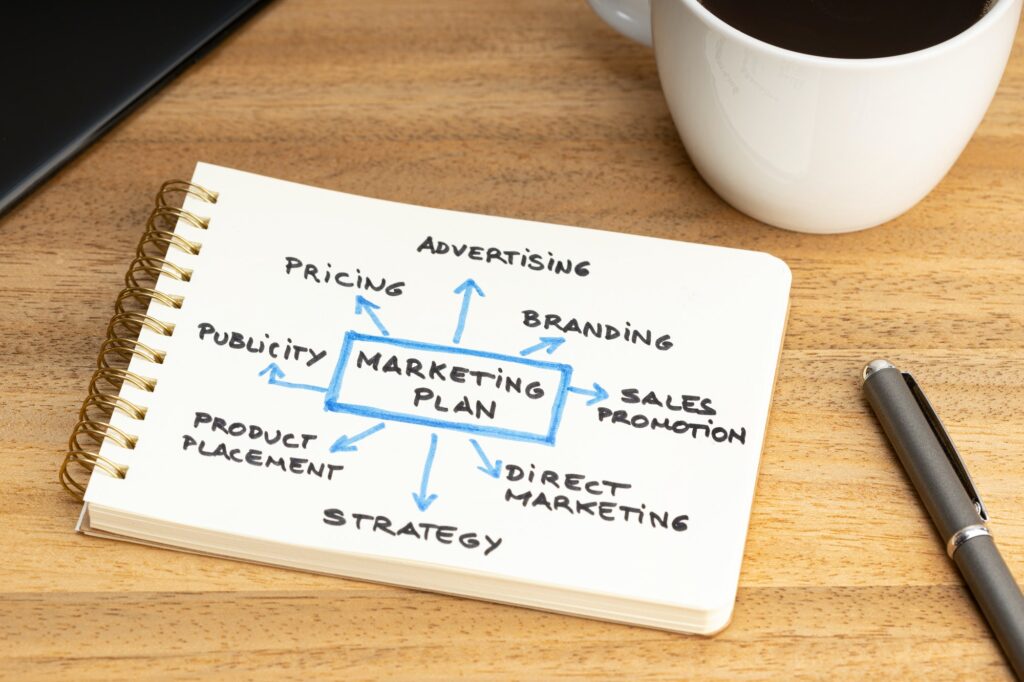Color greatly affects how viewers perceive not only your web page but your brand overall. When it comes to communicating, few things affect your audience and attract attention. This is why color is such an important part of not only establishing a mood but also the first thing people respond to in their overall judgment of whether a design is considered good or bad.
That direct connection with color is so immediate and that is why it is important to be aware of the psychology and symbolism of color. Not everyone thinks about or experiences color the same way, but there are some common meanings and emotions associated with basic colors in our culture that can convey your brand’s attitude and appeal to the viewer.
Gender and Color
Often times people subscribe to an old notion that pink is for girls and blue is for boys. The thought is that the same color of clothing that was purchased for you as an infant affects your color choices later in life. This becomes an even more prevalent notion when children or teens.
My experience and multiple studies suggest otherwise. This notion becomes hard to dispel when blue is chosen as one of the major colors for a project. While working on a project many years ago, it was suggested that we let users state their gender and that would change the color from blue to pink. I suggested that we let users state their color choice instead. Overwhelmingly during focus testing, most people chose blue, regardless of gender.
Multiple studies have asked adult men and women as well as children what their favorite color is. While it differs in the percentage, blue is still the favorite color for both genders. In fact, the very notion that pink is for girls and blue is for boys didn’t seem to take hold until after World War II.
Source: https://www.livescience.com/22037-pink-girls-blue-boys.html

Source: https://blog.kissmetrics.com/gender-and-color/
With that said, we can apply some overall associations that both genders have with basic colors across the spectrum. Let’s go over the basic colors.
Color Associations

Red: Warm & Energetic
The color red is the single most popular color to use for branding and in most publications whether online or offline. That is mostly due to its ability to attract the eye. When used in a mostly black & white design, the color red catches the viewer’s eye the fastest. As you can imagine, here at Red 5 Interactive, we LOVE the color red. (We also love the number 5.)
Because the color red is associated with fire, it can represent both warmth and danger. It should be used with sensitivity though, as it is also associated with the color of blood and violence. So by showing anything that looks like wet dripping paint, it would be best if that paint weren’t red.
When used in marketing or branding, red often projects confidence or boldness, strength, and importance.

Source: Ajay
Orange: Youthful & Fun
Also a fiery color, the color orange communicates warmth but adds a cheerfulness that is less associated with danger. It is a hue that communicates activity and energy.
Orange is a laid-back non-serious color that often creates a creative, youthful, and casual style.

Yellow: Bright & Cheerful
Primarily thought of as the color of the sun, yellow often communicates warmth, happiness, friendliness, and freshness. Yellow is also the universal color for a warning as opposed to red’s role as a sign of danger.
Pure/Bright yellow attracts attention without the sense of danger. Like red’s ability to attract the eye to areas that need emphasizing, it creates a more casual and friendly feeling.

Green: Fresh & Natural
Green is the color of nature, plants, growth, and life itself. It communicates health, freshness, or a natural quality. Darker shades of green can also communicate money or wealth.
Nature inspired colors like green and brown are often chosen for projects that are associated with saving the environment or being focused on sustainability.

Blue: Soothing & Trustworthy
Blue is the color of the sea and sky and as such, it communicates peaceful and clean qualities. For financial institutions, this is the go-to color to communicate trustworthiness. When combined with the wealth symbolism of green, it becomes the dominant color scheme of all things financial.
Dark or navy blue is a particularly popular choice for corporate contexts since it is perceived as professional and understated.

Source: Pavel Huza
Purple: Luxury & Opulence
The color purple is traditionally associated with royalty, and as such communicates a sense of the luxuriousness that royalty would enjoy. Deeper shades of purple symbolize luxury or opulence, while lighter shades can communicate a childish playfulness.
Subconscious Color Psychology

Believe it or not, there is a lot of science and psychology that goes into the creation of a company logo. The greatest example is food – especially fast food. While yellow and orange invoke the above emotions and feelings in a viewer, they have been scientifically proven to make you hungry! These two colors, paired with red subconsciously make you so hungry you just can’t stand it.


